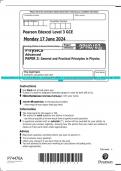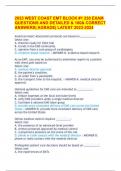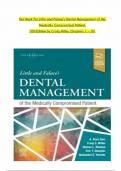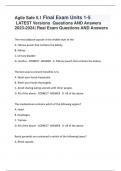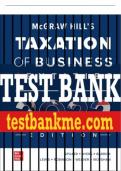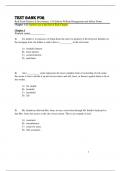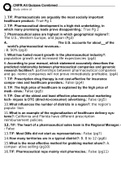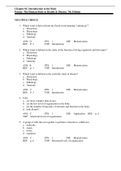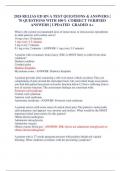Exam (elaborations)
Pearson Edexcel Level 3 GCE Physics Advanced PAPER 3: General and Practical Principles in Physics QP JUNE 2024
- Course
- Institution
Pearson Edexcel Level 3 GCE Physics Advanced PAPER 3: General and Practical Principles in Physics QP JUNE 2024
[Show more]
